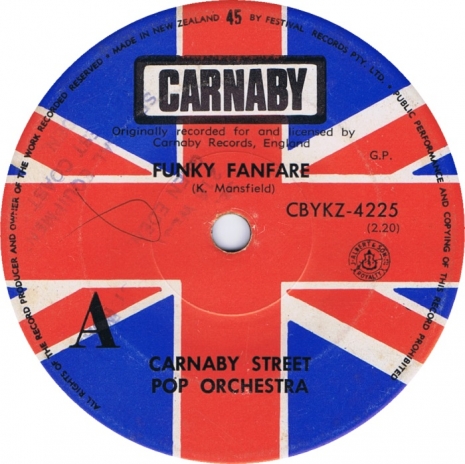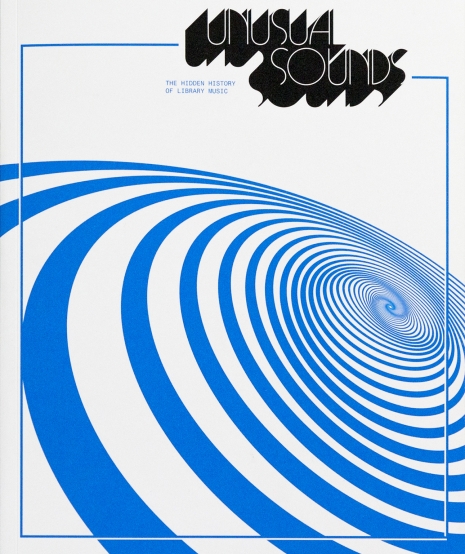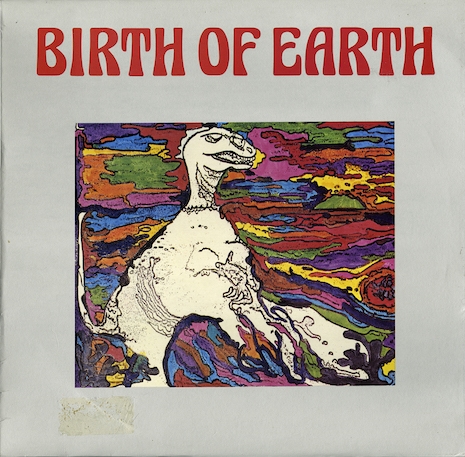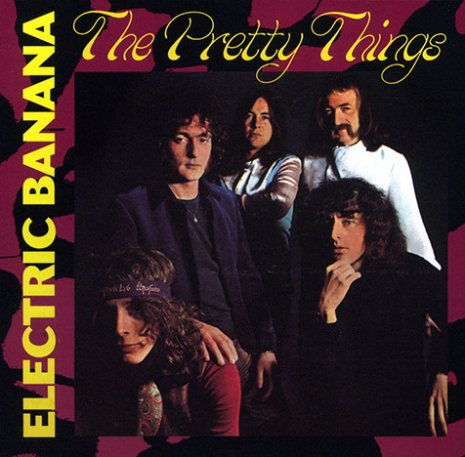
What’s library music, you ask? Library music is ready-made soundtracks for film, TV, and radio productions on a budget, who couldn’t afford to hire a composer. The tracks commissioned by music libraries circulated the recordings to just those working within those industries, but eventually these discs ended up in used record stores, and were subsequently picked up by intrigued collectors.
My first inkling that library music—which experienced its heyday from the 1960s through the 1980s—was a genre unto itself, came via the 2000 compilation, Cinemaphonic: Electro Soul. I fell for the sounds heard on the collection, which ranged from jazz-funk to the avant-garde. A track like “Creepy Street” was designed to elicit a certain mood—and did just that. The comp was curated by record collector David Hollander, and was the first such collection of American library music to be widely distributed.

Earlier this year, a book Hollander penned concerning the subject was published. Unusual Sounds: The Hidden History of Library Music is packed with awesome images and rarely told stories. One such tale comes from Keith Mansfield, who’s amongst the composers who elevated what was considered a lower form of scoring into an art form. An excerpt from his late 1960s piece, “Funky Fanfare,” will be recognizable to many as the music that was once used in American movie theaters in association with trailers and the feature presentation. This edit was later heard multiple times in the 2007 salute to exploitation cinema, Grindhouse, which was the work of Robert Rodriguez and Quentin Tarantino.
“Funky Fanfare” appeared on a 1969 collection put together by the KPM music library, but this well-known library music number didn’t actually begin as such. Here’s Mansfield detailing how “Funky Fanfare”—which was originally recorded during a session for Decca Records signee Tony Newman—came to be:
We spent two hours [at Decca] doing the A-side, had a break, then we did the B-side and I left. It turned out, of course, that they turned the record over and the B-side became the A-side. But before the session started I said to the producer, “Oh by the way, I didn’t have time to write a new piece of music, I’ve had to write [adapt] one of those that I’ve written for KPM.” Of course, he thought that was fine. And then of course it became the A-side, but it wasn’t called “Funky Fanfare,” it was called “Soul Thing.” So the first recording of “Funky Fanfare” is called “Soul Thing,” and it’s a Tony Newman record, a proper produced commercial recording done at Decca studios. Ten days later I record the same piece of music in Cologne for Robin [Phillips, who ran KPM] and we called it “Funky Fanfare.” (excerpted from Unusual Sounds: The Hidden History of Library Music)

Images of Keith Mansfield conducting an orchestra during a KPM recording session.
You may only know the brief, famous excerpt of “Funky Fanfare,” but the entire track is fantastic. The song has the opening slot on the upcoming Unusual Sounds compilation, which is due November 9th.
Dangerous Minds has the remastered premiere of “Funky Fanfare”:
The collection will be released by Anthology Recordings; pre-order yours here. The label’s publishing arm, Anthology Editions, put out the Unusual Sounds book; get it here.
Some striking library music cover art from years past, courtesy of Anthology:


Much more after the jump…












